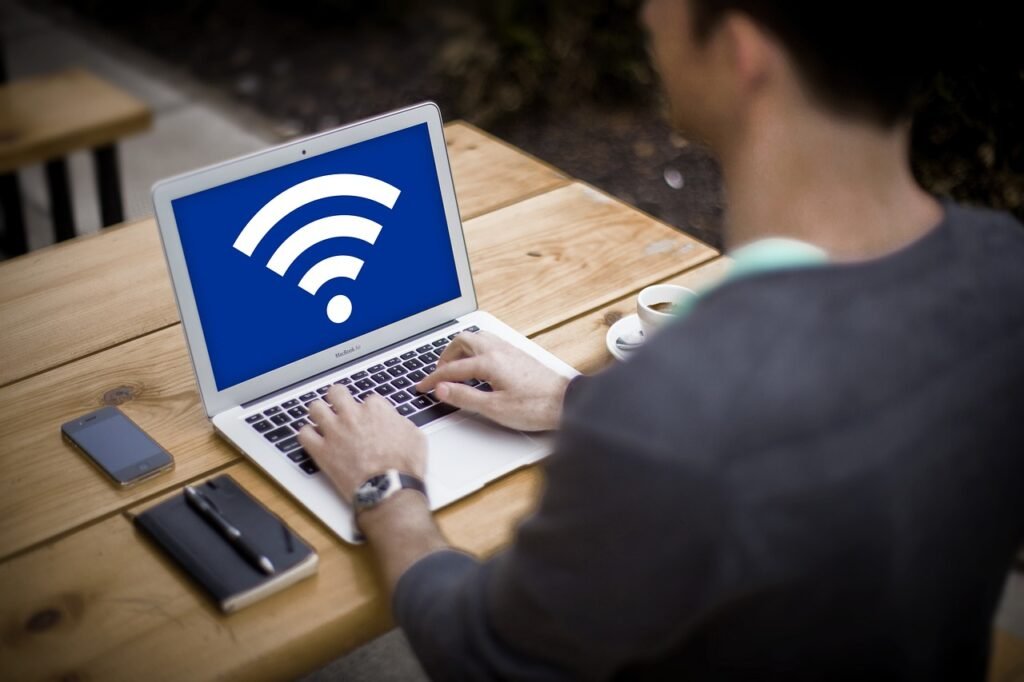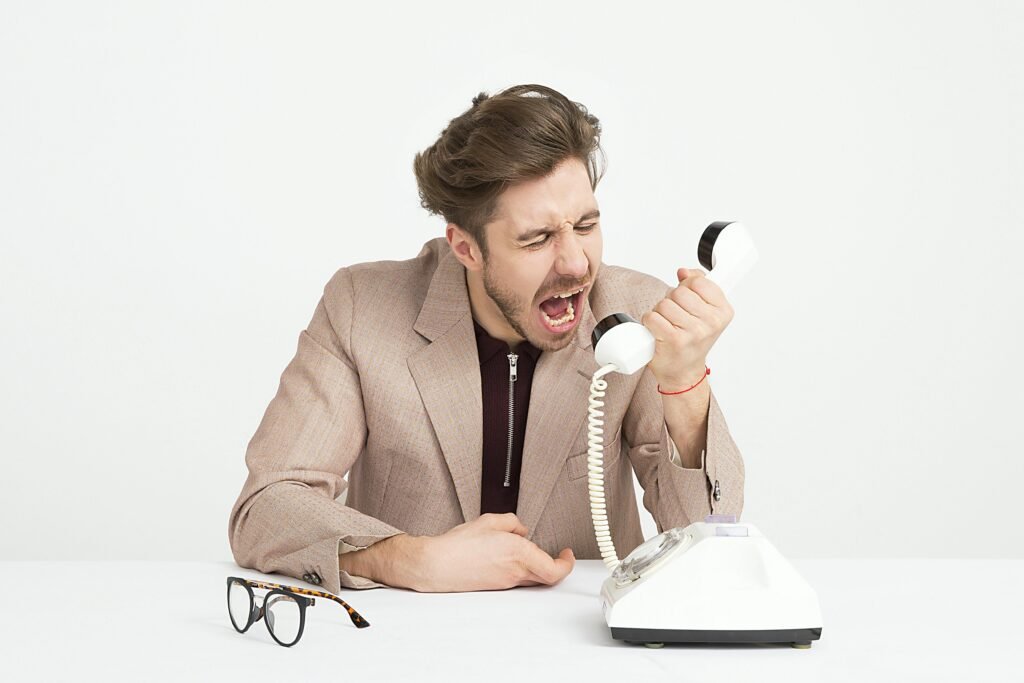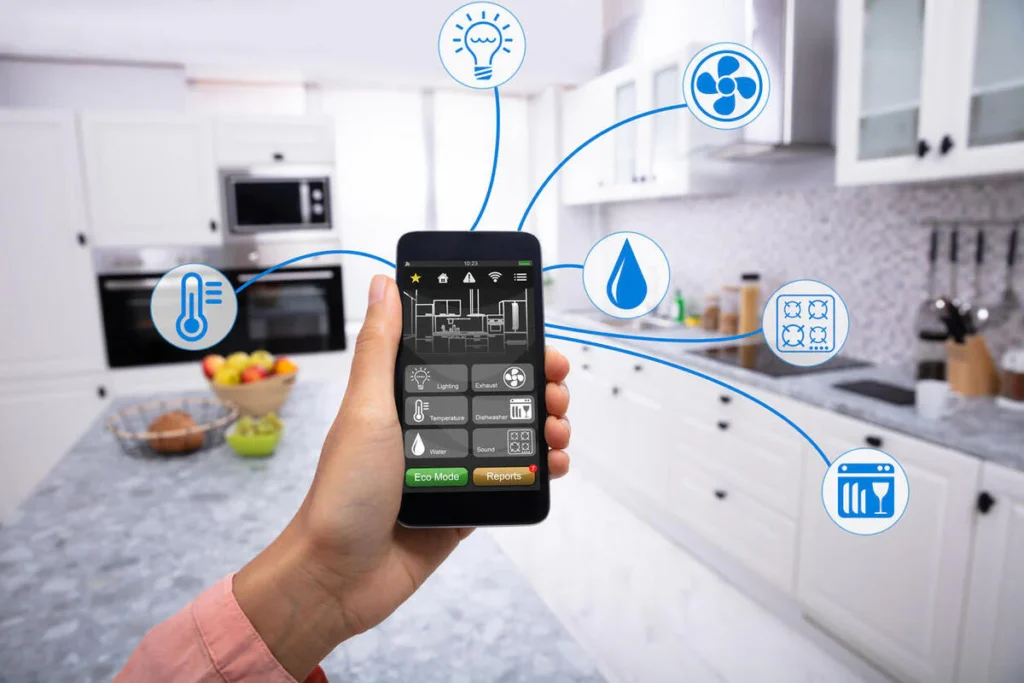
In today’s world, Wi-Fi is part of everyday life. We use it for work, online classes, shopping, and fun. But once your Wi-Fi is installed, keeping it safe is just as important as getting a strong signal.
In places like Dubai, where smart homes and connected devices are common, an open Wi-Fi can cause problems, so it is wise to choose reliable Wi-Fi specialists near you.
Hackers may steal your data, slow down your internet, or even use your connection without permission. The good news is, you can protect your Wi-Fi with a few simple steps.
Checklist to keep your Wifi Network Secure
1. Set a Strong Password and Lock Your Router
Your password is the first wall of protection. Simple ones like “123456” or “homewifi” are easy for hackers.
- Use 12–15 characters with letters, numbers, and symbols.
- Change the default router login (admin/admin).
- Rename your Wi-Fi (SSID). Don’t use the router brand name; make it unique.
Why: Strong login details stop hackers from entering your network.
2. Use Strong Encryption
Encryption scrambles your data so no one else can read it.
- Choose WPA3 (best option).
- If not available, use WPA2.
- Never use WEP (very weak).
Why: Encryption keeps your online work and personal details private.
3. Turn Off Risky Features
Some router features look helpful but are not safe.
- WPS (Wi-Fi Protected Setup): Easy for hackers, turn it off.
- Remote Management: Disable unless you need it.
Why: Closing weak points makes your Wi-Fi stronger.
4. Hide Your Wi-Fi Name (SSID)
When Wi-Fi is visible, anyone nearby can try to connect.
- Turn off SSID broadcast in router settings.
- Share the name and password only with trusted people.
Why: Hidden networks are harder for strangers to find.
5. Create a Guest Network
Never give guests access to your main Wi-Fi.
- Turn on “Guest Network” in settings.
- Set a different strong password.
- Stop guests from reaching your devices.
Why: Guest Wi-Fi keeps your main network safe.
6. Keep Your Router and Devices Updated
Updates fix weak points that hackers can use.
- Enable automatic updates on your router.
- Update smart devices like cameras and TVs.
- Change default passwords on new devices.
Why: Updates keep hackers away.
7. Turn On the Firewall
Your router has a built-in firewall. It blocks bad traffic.
- Enable it in the “Security” or “Firewall” section.
- Check connected devices often.
Why: Firewalls stop unwanted users before they enter.
8. Use MAC Address Filtering
Every device has a special ID called a MAC address. You can allow only your devices to connect.
- Add your devices’ MAC addresses in the router.
- Update the list when you buy new devices.
Why: This adds an extra wall of safety.
9. Place Your Router Smartly
Router location affects both speed and safety.
- Keep it in the center of your home.
- Don’t place it near windows or outside walls.
- Put it high and safe from tampering.
Why: Good placement improves speed and reduces signal theft.
Wrapping it to close
Wi-Fi security is not hard, but it is very important. A few simple steps like using a strong password, turning on encryption, and creating a guest network can keep your internet safe. Take 30 minutes today to check your router settings. Once done, you can enjoy fast, safe, and worry-free Wi-Fi for your home or office.


